Complicated and confusing?
For many first-time visitors, navigating Japan’s extensive rail network might initially seem complicated and confusing. Fortunately, most travelers find that after a few days, the system becomes much easier to understand. For those planning to explore Japan by Train or Explore Japan’s Railways understanding how the Japan Rail Network works will make things easier and can significantly enhance your experience! In this article we will explore several key insights that should help you get the most enjoyment on your Japan trip.
There are many railway companies, particularly in the urban areas…
Probably the most confusing thing for visitors to understand is that there are many railway companies in Japan, in fact a staggering 180! As illustrated below, numerous railway companies service the major urban areas. In many cases they are providing several options for transit between popular destinations. For example there are several ways to get from Tokyo to Yokohama, from Tokyo to the Kamakura / Enoshima area from Tokyo Ikebukuro to Kawagoe in Saitama or from Tokyo to the Nikko area to name a few. There are also three different routes (ignoring the Shinkansen) between Osaka and Kyoto and two ways to get from either Osaka or Kyoto to Nara.
Greater Tokyo Area
- JR East
- Tobu
- Keisei
- Seibu
- Keio
- Odakyu
- Tokyu
- Keikyu
- Tokyo Metro
- TOEI (Tokyo Met Gov)
Kansai Urban Area
- JR West
- Kintetsu
- Hankyu
- Keihan
- Hanshin
- Nankai
- Osaka Metro
- Kyoto City Subway
- Kobe City Subway
Nagoya Area
- JR Tokai
- Meitetsu (Nagoya Railroad)
- Kintetsu
- Nagoya City Subway
Fukuoka Area
- JR Kyushu
- Nishitetsu
- Fukuoka City Subway
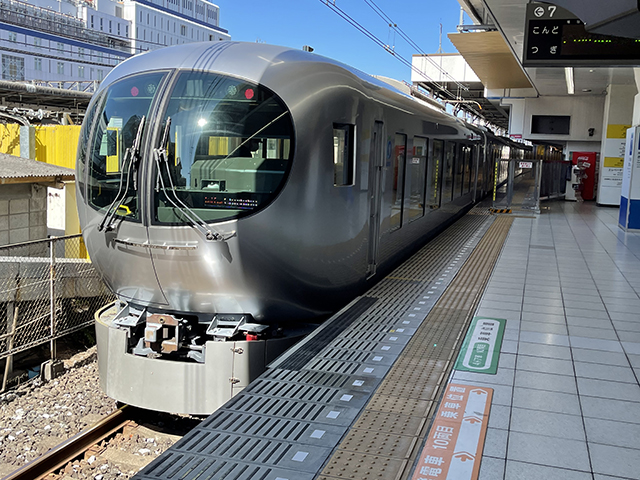
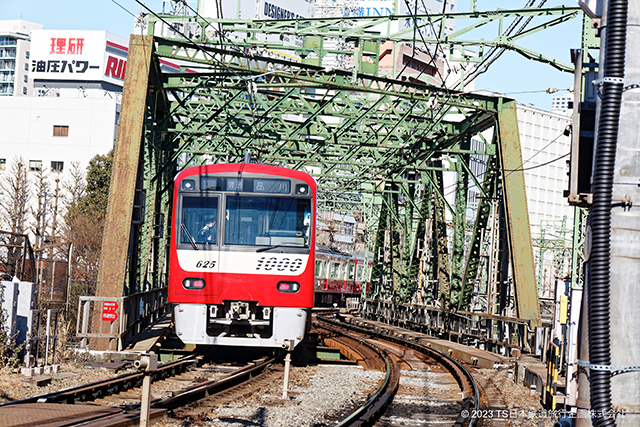
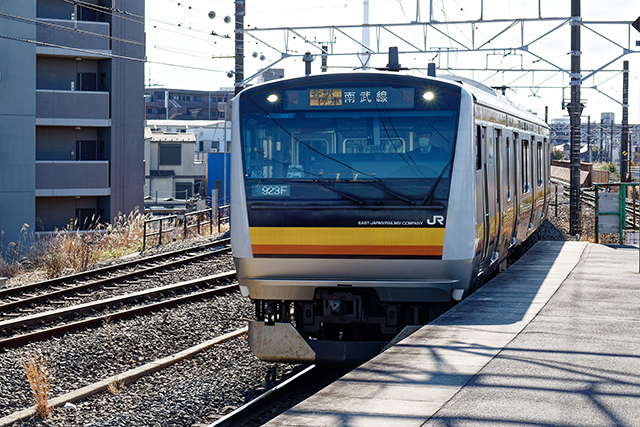
Competing and Cooperating…but both give you choice & convenience…
Although in many cases these railway companies are competing, they also co operate by operating services in conjunction with each other, so called “through services”. There are many trains that travel from one side of Tokyo operated by company A, through central Tokyo on company B’s lines to get a destination on company C’s or even D’s line. This means that although you might for example enter a Tokyo Metro Station and catch a Tokyo Metro services, the train could actually be travelling on two or more other railway companies’ lines before it reaches its and your destination. Now this is not so much of a problem if you are using a transportation IC Card, but does mean if you are using some passes (e.g. Tokyo Subway Pass, JR Japan Rail Pass) or have bought a ticket (other than a transfer ticket) that you may need to pay the extra fare at the end of your journey. If you were using a Tokyo Subway Pass it would cover the Y180 fare between Shinjuku Sanchome & Shibuya and you will need to pay Y540 at the destination.
But this also increases the convenience as it can make it easier to get from A to B particularly if you are travelling to / from an area outside the central part of Tokyo, Osaka, Kyoto or other big cities.
For more information on how fares and tickets work see our article Understanding the Japan Rail Network – fares and tickets
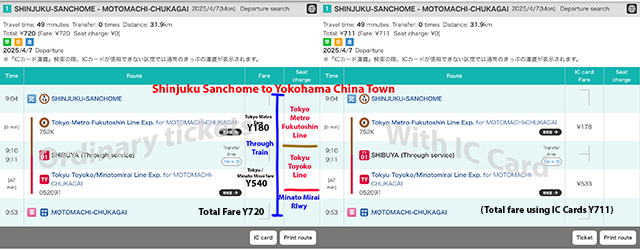

It is important that when you get on a train, even if you are using Google Maps or similar app that you check the destination of the train you are boarding, otherwise you could end up in the wrong place!
Rail passes will not work on all lines…
A common misconception is that with a JR Rail Pass you can travel on all trains and lines. In reality you can travel on about 70% of the rail network in Japan, the rest is operated by non JR Rail companies where the JR Rail Pass is not valid. In Tokyo the Tokyo Subway Pass is popular with inbound tourists and although you will probably get to most places using just Tokyo Metro and TOEI subway services you will invariably need to travel some of the time on other rail company services, and sometimes you may have travelled on the same train without changing but end up at a non subway (Tokyo Metro or TOEI) station.
DO NOT worry though, you will just be charged the normal fare from the boundary of the pass (or other ticket) validity area and your destination station there is no fine or penalty charge (unless you are trying to avoid paying the fare, then you are in trouble)
Part of TS Japan Rail’s services includes selecting what are the best tickets & passes. Being experts we not only look at the cost but the most interesting routes as well as convenience. Travelling should be part of the experience!
“JR” is actually 6 passenger rail companies (& 1 freight) all operating independently…
Yes, although most people, including locals, talk about JR as if it is a single entity, it actually made up of 6 passenger companies and 1 freight company. For most people this does not matter too much as you can purchase through tickets and you can buy tickets for all JR company routes at any JR ticket office. fares are also calculated on a through journey basis.
This is also why there are several online booking sites.
Another issue to beware of is that transportation IC cards do not work when you cross JR company borders (for example when you travel on the JR Tokaido Main line past Atami (JR East / JR Tokai) or Maibara (JR Tokai / JR West). You will need to go to a manned ticket barrier to have your card reset. (note there is no issue when you cross other railway company borders)
Even on some JR operated trains, some sections are not on JR routes so JR Rail Pass holders have to pay a supplement…
The following JR Limited Express services operate over no JR lines. Although when you buy an ordinary ticket the fare will be inclusive of the fare over the non JR section (if it is routed correctly), a supplementary fare will be payable by JR Japan Rail Pass users:
- Limited Express Nankai (Nagoya~Katsura section between Kawarada & Tsu)
- Limited Express Super Hakuto (Kyoto~Tottori, section between Sayo & Kamigori)
- JR East / Tobu joint service (Shinjuku~Tobu Nikko / Kinugawa on Tobu Line section)
There are a few exceptions with restrictions
- Aoimori Railway (between Aomori ~ Metoki) but only for travel between specified JR interchange stations
- IR Ishikawa Railway & Ainokaze Toyama Railway but only for travel between specified JR interchange stations
See the TSJR JR Japan Rail Pass Guide for more information
JR Japan Rail Pass – TS Japan Rail’s Guide and all you need to know
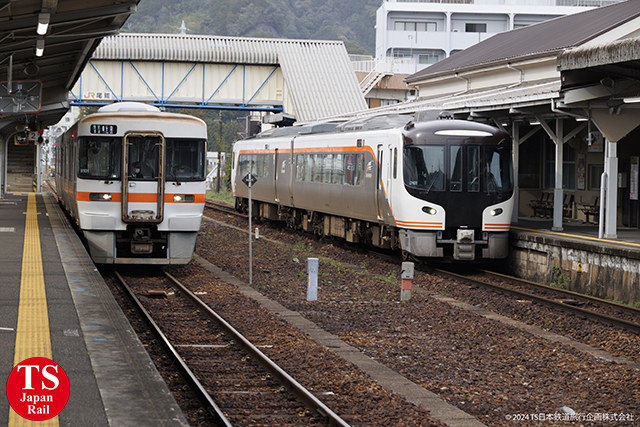

Sounds complicated…but you will soon find that Japan’s railways are “Comprehensive and Convenient”…
Yes, we find ourselves saying this a lot, but for most visitors to Japan,
once they are in Japan and understand how the system works they find it quite easy to use.



Particularly in urban areas like greater Tokyo and the urban areas of Kansai and Tokai, using a transportation IC card will make travelling around these areas much easier and often will mean that it does not matter that you are travelling on different rail companies’ lines.
This is also may be true if you have a rail pass in the urban areas as the pass may not cover all lines.
Many rail companies are very local and operate very scenic lines to real “off the beaten path” places (at least for inbound tourists)
There are some very scenic places that can be reached by local rail lines, many operated by local railway companies. Often these railway company’s will have an interesting history of their own, even though you may wonder why they were built in the first place.
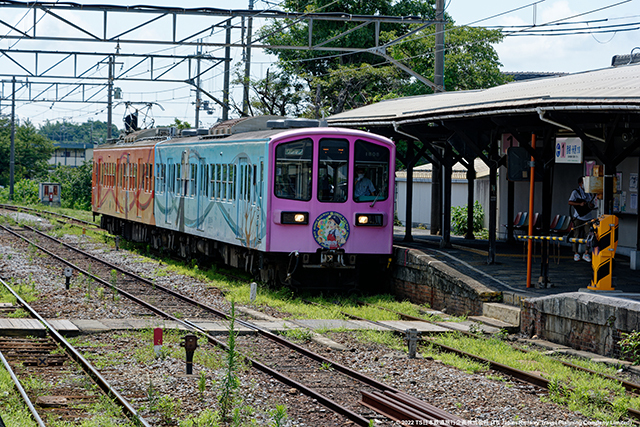




When planning your rail trip to Japan, whether your plan is to Explore Japan by Train or Explore Japan’s Railways it is worth while considering travelling on non JR Rail Lines or using the most obvious route
TS Japan Rail can help you with both ideas and travel planning!
Whether you want to See Japan by Rail or Explore Japan’s Railways, TS Japan Rail can help you plan your trip with ideas, designing travel itineraries, assisting with bookings and more.
We take the stress out of planning your trip and help ensure it is successful!
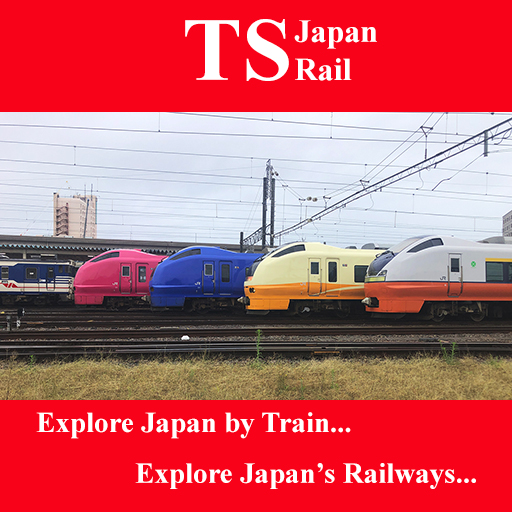

For more information on our services
see our homepage!











